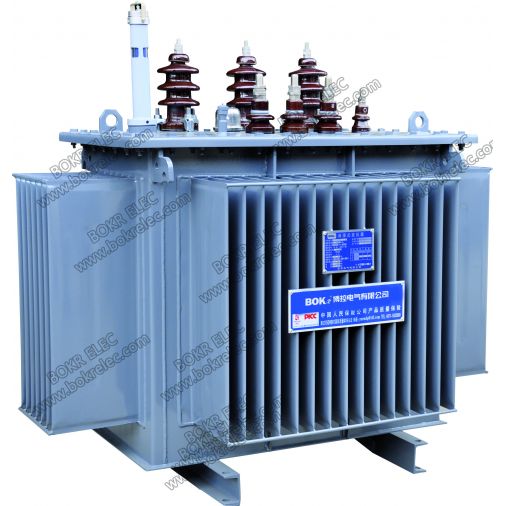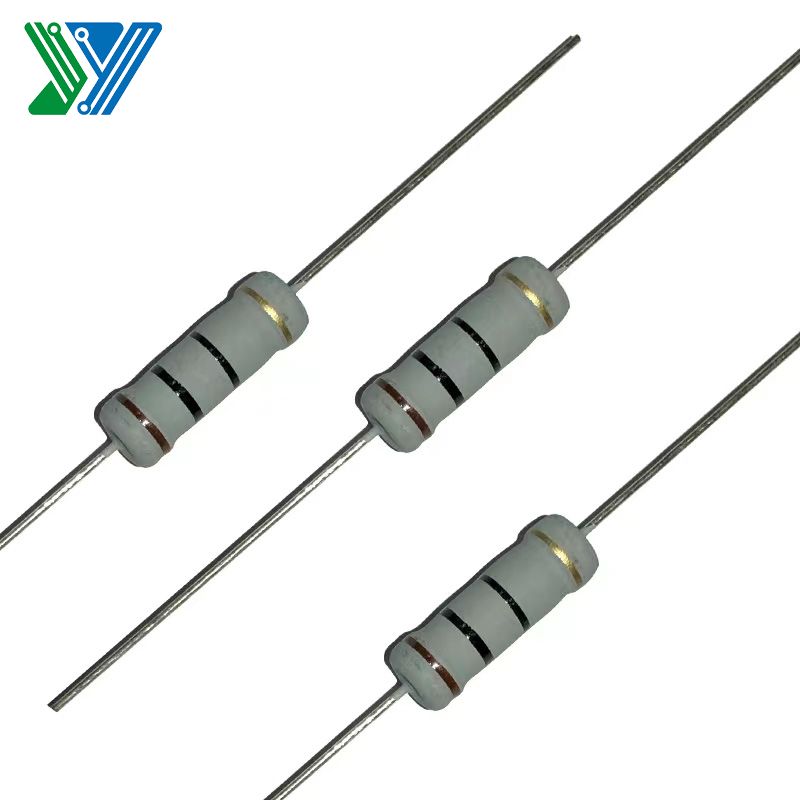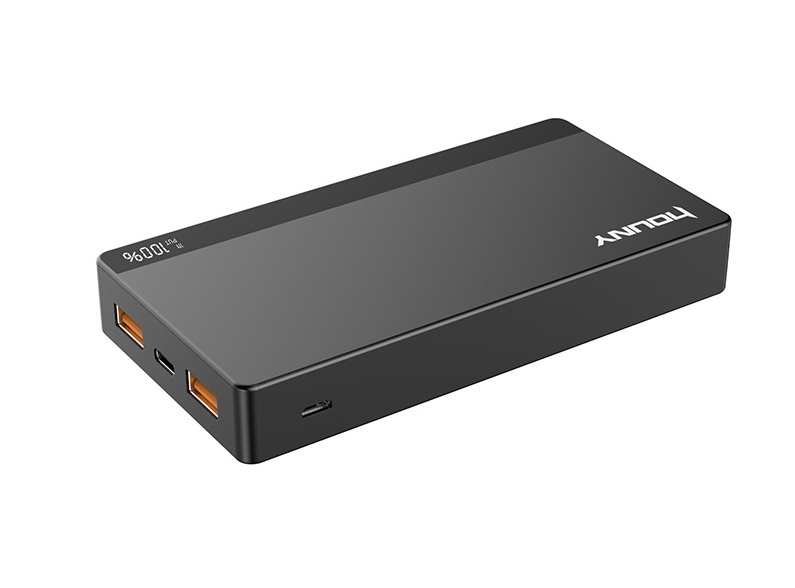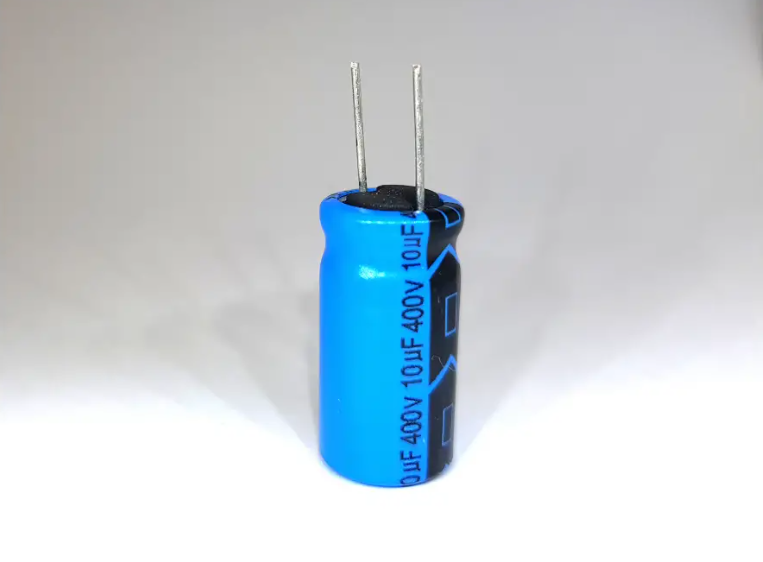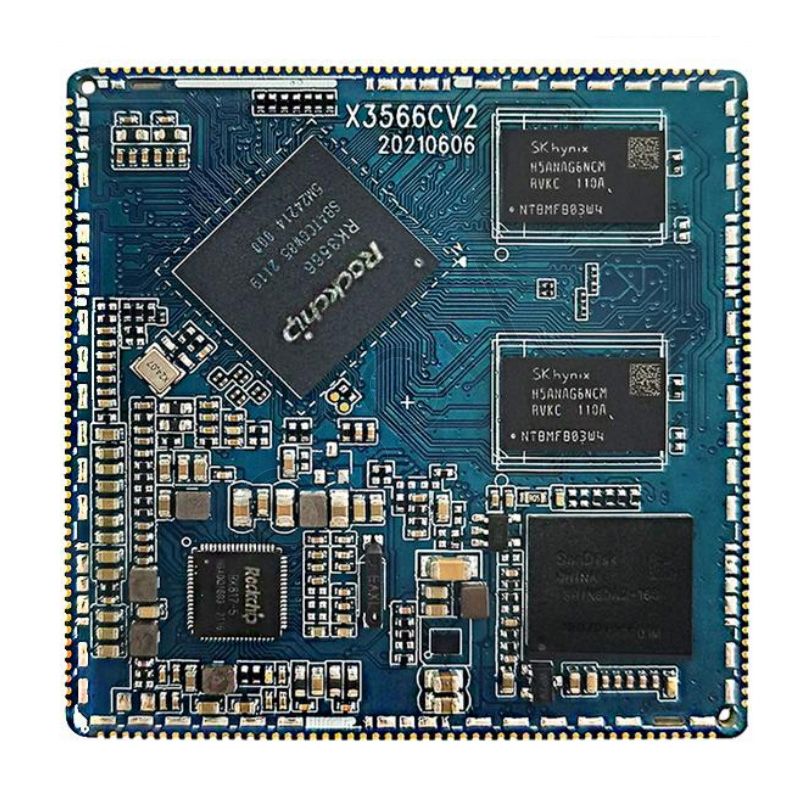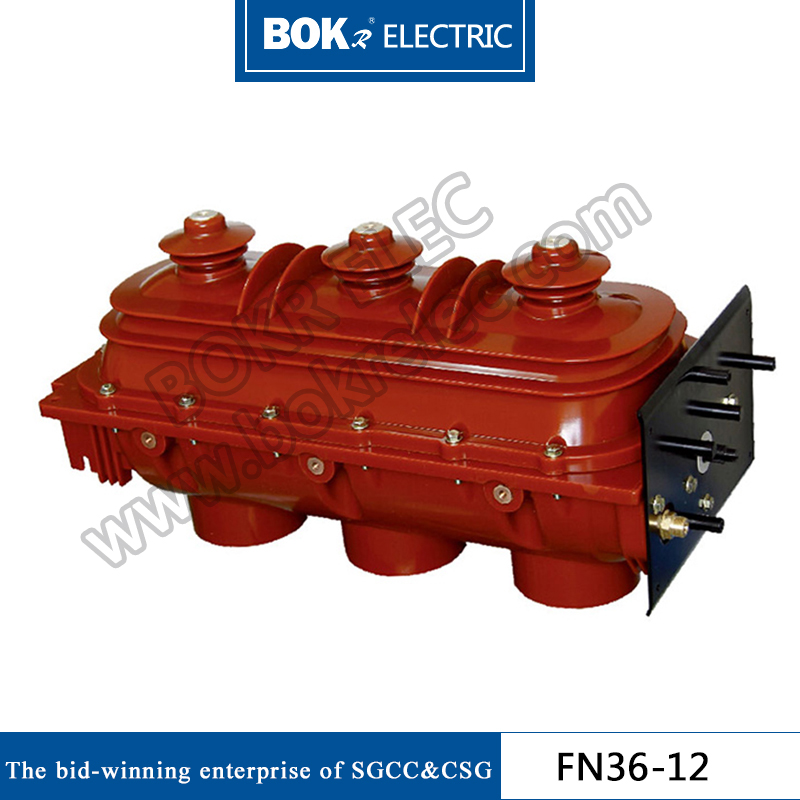What Is The Difficulty Of Multilayer PCB Board Proofing?
Multilayer PCB boards are more complicated than single-layer boards in terms of design and manufacturing. If you accidentally encounter some problems, what difficulties should we avoid in multilayer PCB board proofing? High Frequency PCB Factory today shares with you.
![%$5~4`13G)){~Z]F]E(KE0C.png %$5~4`13G)){~Z]F]E(KE0C.png](https://images.techoeidm.com/upload/default/20220627/63360f22b7b93ffe2977bdf40eb7628f.png)
1. Difficulties in alignment between layers.
Due to the large number of layers in the multilayer circuit board, the user has higher and higher requirements for calibration of the PCB layer. Typically, the alignment tolerance between layers is controlled at 75 microns. Considering the large size of the multilayer circuit board unit, the large temperature and humidity of the graphic conversion workshop environment, the dislocation overlap caused by the inconsistency of different core boards, and the interlayer positioning mode, the centering control of the multilayer circuit board is more difficult.
2. Difficulties in compression manufacturing.
Suggested reading:What is the difference between RF cable and coaxial cable?
Phone Chargers: Powering Your Devices Anytime
Understanding Deep Cycle Battery Packs
Choosing the Right Wire Wound Resistor for Your Electronic Projects
Eye Bolts: The Reliable Workhorses of Various Industries
Advantages of Vertiv Liebert UPS Rectifier Cabinets
The Advantages of Stamp Hole Core Board SOMs
Many inner and pre-cured sheets are superimposed, which are prone to defects such as sliding, delamination, resin voids and bubble residue in stamping production. In the design of the laminated structure, the heat resistance, pressure resistance, rubber content and dielectric thickness of the material should be fully considered, and a reasonable material pressing scheme for the multilayer circuit board should be formulated. Due to the large number of layers, the expansion and contraction control and the dimensional coefficient compensation cannot be consistent, and the thin interlayer insulating layer is liable to cause the interlayer reliability test to fail.
3. Difficulties in drilling.
The use of high TG, high speed, high frequency, thick copper special plates increases the difficulty of drilling roughness, drilling burrs and drilling. The number of layers is large, the total copper thickness and plate thickness are accumulated, the drill is easy to break the knife; the dense BGA is more, the CAF failure problem caused by the narrow hole wall spacing; the plate thickness is easy to cause the oblique drilling problem.
The Advantages of Lithium-ion Golf Cart Batteries
Understanding Heavy Duty Vehicle Batteries
String Inverter: Harnessing Solar Power Efficiently
Tips for Maximizing the Lifespan of Your Power Battery
What is the Difference Between SWA and Armoured Cable?
Understanding the Difference Between SWA and Armoured Cable
SWA Cable VS Armoured Cable
- Previous: What is rechargeable batteries?
- Next: None



